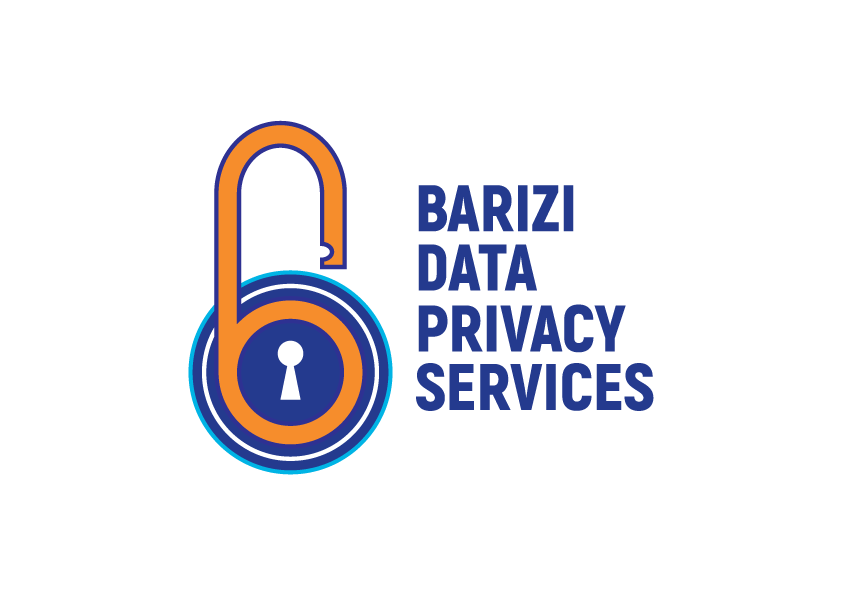Data Minimization
INTRODUCTION
“Data is the new oil” is a metaphor coined by Clive Humby in 2006, and his sentiments continue to hold true 17 years later. The value of data continues to grow in a widely interconnected digital world marked by a huge churn out of technologies and their uptake by the population showcasing the value and significance of data in today’s digital world. Just like oil fuels the economy, data is now the fuel that drives business success. Businesses can extract valuable insights, make informed decisions, and gain a competitive advantage by effectively collecting, analyzing, and utilizing data.
However, although it could be viewed as a welcome idea, the collection and utilization of data, mostly harvested without a user’s consent, is slowly becoming problematic from a regulatory and ethical perspective. The world is witnessing a shift in the data regulatory landscape, with regulators across different jurisdictions enacting regulations on personal data protection and the respect of individuals’ privacy by corporations. The concept of data minimization has emerged as a critical principle for responsible data management. But what exactly is data minimization, and how can organizations implement it successfully?
In this article, we will explore the essence of data minimization and delve into comprehensive strategies for its effective implementation.
Understanding Data Minimization
Data minimization is a simple yet profound idea: Collect, process, and retain only the data that is absolutely essential to meet the specific organizational business objectives necessitating its collection. In a world where data often seems like an unlimited resource, this approach may appear counterintuitive. Nevertheless, it is a necessary tool for reducing privacy risks, promoting data security, and ensuring compliance with privacy regulations. Your organization is better placed when it emphasizes data quality over quantity, after all, the more the data you have the more the data protection risks you encounter.
To effectively implement data minimization principles within your organization, consider the following strategies:
- Conduct a Comprehensive Privacy Impact Assessment (PIA): Start by conducting an in-depth privacy impact assessment to gain a clear understanding of the types of data your organization collects and the specific purposes for which it is processed. This assessment is a crucial step in recognizing opportunities for data minimization through the identification of which data elements are necessary and which are not.
- Data Retention Policies: Establish well-defined data retention policies that specify the maximum duration for which data can be retained. Indefinite data storage not only poses a security risk but also incurs unnecessary storage costs. Clear retention periods ensure that data is retained only as long as required.
- Pseudonymization and Anonymization Techniques: Utilize techniques such as pseudonymization and anonymization to minimize the exposure of personal data during processing. Pseudonymization involves replacing identifiable elements with artificial identifiers, while anonymization removes personal information entirely. These methods will enable your organization to leverage data for analysis and research while preserving individual privacy.
- Secure Data Disposal Practices: Implement robust data disposal procedures to permanently eliminate data that is no longer needed. This may involve secure electronic data deletion or the use of secure physical record destruction methods such as shredding. Secure data disposal enables you mitigate the risk of unauthorized access that could result in data breaches.
- Employee Training and Awareness: Ensure that your organization’s employees are well-informed about the principles and practices of data minimization. Conduct regular training sessions to educate staff about the importance of collecting only necessary data and the proper handling of data throughout its lifecycle.
- Regularly Review and Update Data Practices: Data minimization is an evolving process. Periodically review and update your data collection and retention practices to ensure they align with changing business needs and regulatory requirements. Adaptation and continuous improvement are key to long-term success.
CONCLUSION
To conclude, the metaphor “Data is the new oil” rings truer today than ever before. The value and significance of data in our interconnected digital world are undeniable, as it fuels the engine of business success, innovation, and progress. However, with great power comes great responsibility, and the collection and utilization of data have raised significant ethical and regulatory concerns. We find ourselves at a pivotal moment where the data landscape is evolving rapidly. The world is no longer willing to accept data harvesting without consent, and regulators are stepping in to protect individuals’ privacy.
Data minimization is not about limiting progress or stifling innovation; it is about making informed, ethical, and privacy conscious choices. It’s about collecting and retaining only what is essential to achieve our organizational objectives, thereby reducing privacy risks and ensuring data security. Quality, not quantity, is the driving force when it comes to data.
Not sure where to start? Contact us today for guidance.



